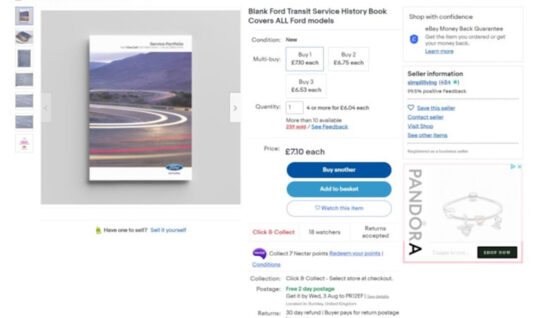From the outside of a spin-on oil you largely just notice the canister and the thread, but this belies a product that is far more complex and sophisticated than it may appear.
One of the most significant technologies inside a spin-on filter are the valves that are present.
Whilst the use of valves will vary by make and model based on the specifications of the vehicle manufacturer, there are three main types used in spin-on oil filters – anti-drainback, bypass and anti-syphon.
In this Comline technical bulletin we take a closer look at the three valve types and examine the important role they play in ensuring effective oil filter performance.
Anti-drainback valve
As the name suggests, the anti-drainback valve is designed to stop oil from ‘draining back’ out of the filter when the engine is switched off.
Fitted to the ‘dirty side’ of the filter, this type of valve is used in applications where fitment is on the side, or top of the engine body.
Without such a valve in place, gravity would cause oil the drain out of the filter.
In applications where the filter housing faces upwards an anti-drainback valve is not required because gravity is essentially helping keep oil inside the filter in this situation.
Bypass valve
A bypass valve is the spin-on oil filters’ guardian angel, essentially a built-in safeguard that only comes into effect when the filter becomes blocked.
The bypass valve may activate when a vehicle is operating at low temperatures and colder, more dense oil is being filtered, or, because the vehicle is overdue for its service and the filter has exceeded its functional lifespan.
With the filter clogged, pressure on the ‘dirty side’ of the filter housing increases and it is this pressure that forces open the bypass valve to maintain oil flow.
So, the bypass valve ensures that oil flow is maintained to the engine by effectively bypassing the oil filtration process altogether.
It is the lesser of two evils for the engine to be fed unfiltered oil than no oil at all.
Whilst neither option is recommended the total absence of oil within the engine will cause more significant, or possibly catastrophic engine damage.
Anti-syphon valve
An anti-syphon valve has a role very similar to that of an anti-drain back valve, but the key difference is that an anti-syphon valve is situated on the ‘clean side’ of the spin-on oil filter.
The role of this type of valve is to prevent the clean oil from running out of the filter when the engine is switched off, something which would essentially overflow the engine with oil to some extent.
In addition, the anti-syphon valve always maintains a small reservoir of oil inside the filter, a feature which helps reduce the likelihood of engine operation without appropriate lubrication.
In short, this reservoir of oil helps deliver engine lubrication more quickly following engine ignition.
For further information about Comline, select ‘more details’ below.







